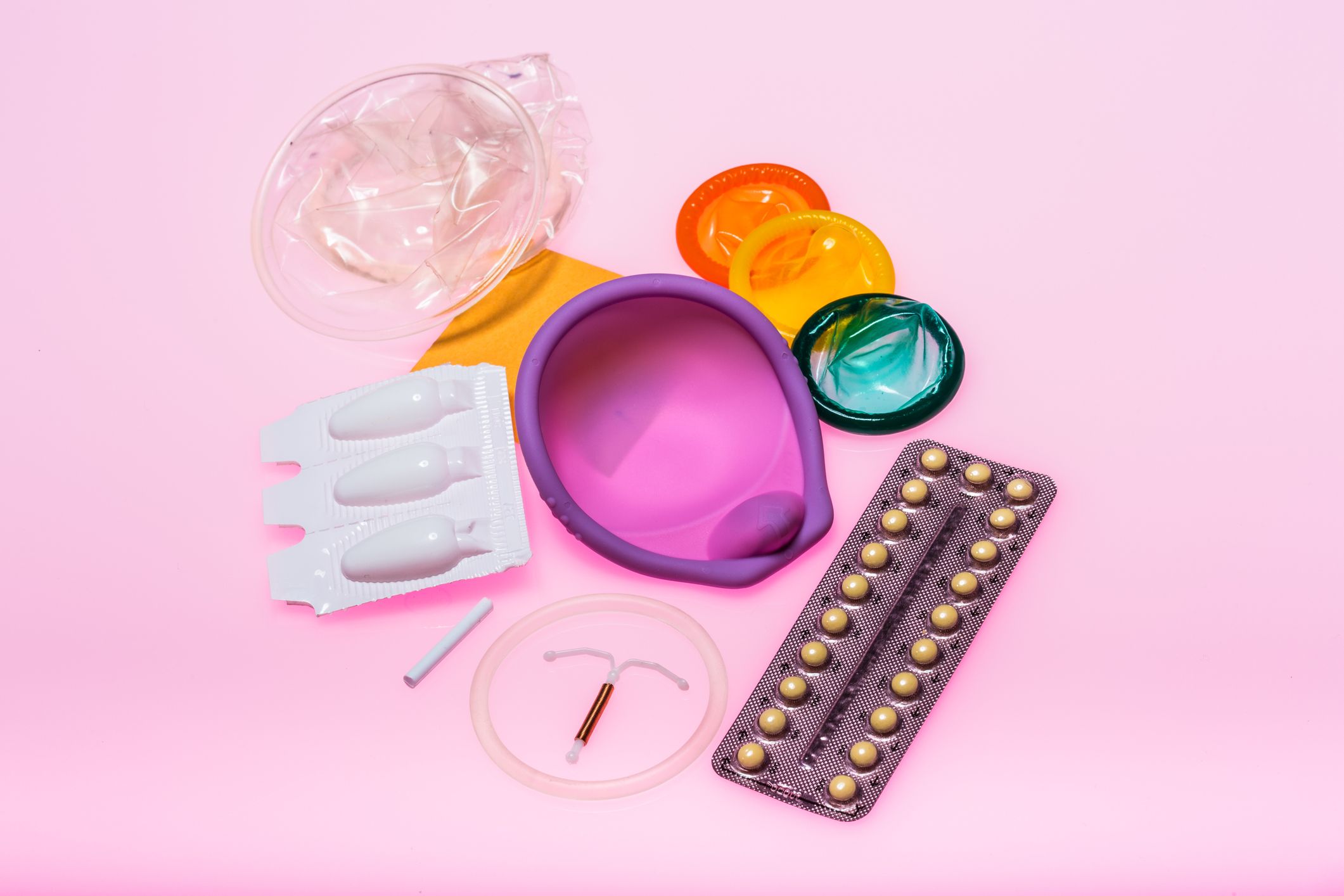Top Recommendations
• All vaginas are unique so monitor your body and learn what’s regular for you
• If anything seems unusual go and see your GP
• Problems aren’t always visible so when you have unprotected sex be sure to get an STI test
• Get a pap smear every 3 years
Is my vagina normal?
This is probably the most common question that people ask about vaginas. It’s important to know that vaginas vary in size and shape from person to person just as much as every other part of the body. Additionally vaginas change throughout a monthly cycle and over a lifetime. Before delving into how to properly care for your vagina and how to detect true irregularities, let’s do a quick anatomy lesson.
Vagina Anatomy
The female sexual organs are both inside and outside of the body. Inside there is the uterus, the ovaries, and the vagina. People often mistake the external part that you can see for the vagina, but the proper name is the vulva. The vulva includes the clitoris (which also has a large inner portion), the inner and outer vaginal lips (labia), and the opening of the vagina. The vagina is a tube that is around 8 cm long connecting the cervix (end of the uterus) to the vaginal opening. This tube is made up of very elastic muscle so that it can fit around a baby’s head during labour, a tampon, fingers or a penis.
People sometimes worry that their labia are not the right size, but they really do vary from person to person, so don’t compare yours to others. Check out the Great Wall of Vagina if you want to see some of the variation out there! Similarly misconceptions about the hymen are common. The hymen is a thin mucous membrane located just inside the entrance to the vagina. It has no known function and is likely just a remnant of foetal development. It DOES NOT cover the entire opening and bleed as it ruptures the first time you have penetrative intercourse! This bleeding is actually the result of stretching the membrane for the first time and does not occur in all women. In fact it can also stretch or thin during exercise, tampon use, and masturbation or be so insignificant that it does nothing. If the hymen truly covered the entire opening, menstrual blood wouldn’t be able to get out and this is actually a disorder. You can read more here.
Proper Care
The vagina is designed to keep itself clean by way of natural discharges. You don’t need to douche or use vaginal wipes. This can actually negatively affect the normal balance of bacteria and pH levels and may cause irritation. Instead use plain soap to gently wash the area around the vagina including between the vaginal opening and the anus.
Taking care of your general health by exercising and eating well will contribute the most to the well-being of your vagina. General exercise helps to keep your pelvic floor strong, which can improve sexual function and prevent problems later in life. Read these few tips on how exercise your pelvic floor here. Also, eating well keeps bacteria in check and can help keep your cycles regular, check out some vagina friendly foods here.
Healthy Discharge
In addition to your period, clear and white secretions (discharge) are a normal part of your natural menstrual cycle. The amount and texture of discharge varies throughout the cycle and it’s completely normal for it to have a scent so don’t be self-conscious. Discharge usually increases during sexual excitation and stimulation.
Abnormal Discharge
However, healthy discharge shouldn’t have a strong smell or colour in this case you may have an infection and need to see a GP. Sometimes it can be uncomfortably wet, but it shouldn’t be itchy, or sore.
STIs:
• Itchy pubic area: this can also be accompanied by itchy red spots and could be pubic lice.
• Sores or blisters: these are often painful and could be a sign of genital herpes. Although this virus can’t be cured it can be controlled with antiviral medication
• Yellow or green and frothy discharge: this could be tichomoniasis
• Chlamydia and gonorrhoea can also cause discharge changes
• Intense itching, no discharge: this could be a symptom of scabies
• Small fleshy growths: these generally start as painless small lumps and may be genital warts
Non- STI:
• White discharge and intense itchiness: this is likely thrush, a common fungal infection
• Grey, fishy-smelling discharge: this could be bacterial vaginosis.
• Unusual bleeding between periods or after sex: could be a sign of infection, cervical abnormalities, or in very rare instances, cancer. Some of these are harmless like polyps, or caused by an infection like chlamydia. It can also be caused naturally by a dip in hormones
• Lump just outside the opening of your vagina: could be a Bartholin’s cyst
You can read more about STI’s and how they are transmitted here.
Don’t fear, all of these issues are easily treated and managed at your GP! Remember after unprotected sex to get and STI test since vaginal problems aren’t always visible. Also get a pap smear every 3 years to keep on top of your cervical health! Everyone’s vagina is unique so learn what’s regular for you so you can recognize true abnormalities easily.
Cool Vagina Stuff
– Keep track of your periods, discharge and more with Eve, formerly named Ruby, we wrote about it here.
– Keep that pelvic floor strong
– Vagina/ vulva emojis and more from Flirtmoji
– Great wall of Vagina
– Get Cliterate
– Renaming the Hymen the Vaginal Corona:
More Information
You can also get more information about Vagina Health via NHS Choices, Our Bodies Ourselves and Brook.



